There can be your advertisement
300x150
Mia Pliyescaya's Apartment on Tverskaya: How the Greatest Ballerina Lived at Home
The ballerina treated her home as an extension of the stage, demanding the same perfection from the space as she did from her arabesques
Mia Pliyescaya lived in a three-room apartment on Tverskaya for nearly 30 years—from 1963 to 1991. The great ballerina treated her home as an extension of the stage, demanding the same perfection from the space as she did from her arabesques. Apartment No. 31 on the sixth floor of house 25/9 resembled stage decorations—strict, refined, with no room for randomness.
Main points from the article:
- Lived in an apartment for artists of the Bolshoi Theatre at the corner of Tverskaya and Mamonovskiy Lane;
- The interior reflected the ballerina's character: strictness, elegance, no chaos;
- Works by Fernand Léger, Mark Shagal's lithographs, and dresses from Pierre Cardin were kept in the house;
- Served the table like in the best restaurant even for a simple breakfast;
- Mia Pliyescaya and her husband Shchedrin celebrated New Year 14 years in a row with poet Andrey Voznesensky.
Home for Stars of the Bolshoi Theatre
In 1963, the couple bought apartment No. 31 on the sixth floor of house 25/9 at the corner of Tverskaya Street and Mamonovskiy Lane using the earnings of Shchedrin. The right wing of this building, constructed in 1936, was intended for the People's Commissariat of Power, while the left wing, built after the war in 1949, was designed for artists and employees of the Bolshoi Theatre.
If you walk along the street, you won't have to search long for their house—the facade is decorated with theatrical masks. Naturally, they are here for a reason—the left wing of the building was specifically constructed for workers of the Bolshoi Theatre.
In this spacious three-room apartment, they lived for nearly 30 years from 1963 until 1991. In the early 1990s, they lived in Munich but always stopped here when returning to Moscow.
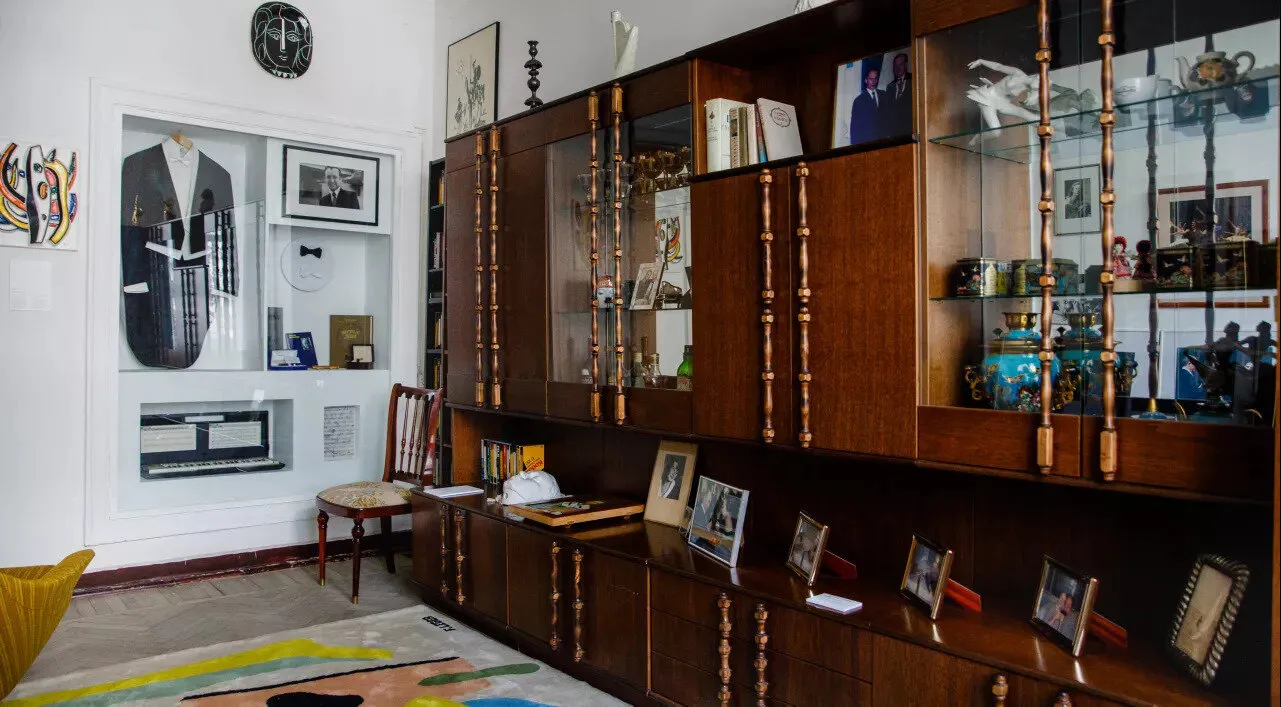
Interior as an Extension of the Stage
The great ballerina lived by the same principles she danced by: no chaos, every detail in its place, beauty in simplicity. Her Moscow apartment resembled stage decorations—strict, refined, with no room for randomness.
The sixth floor, apartment No. 31, black doors covered in artificial leather that locked with a simple lock. No hallways, just two coat hooks for clothes, a pouf, and a narrow wardrobe.
A long dining table in the living room, around it identical chairs. Two different armchairs, stained glass with photos of the apartment's owners—youthful and lively to mature and thoughtful.
The Great Ballerina's Bedroom
The bedroom, the main decoration of which is a wardrobe made from Karelian birch. A modest bed. In hotel rooms today, beds are often longer and wider. Nightstands, simple lamps.
The apartment contains many unique photographs of Pliyescaya and Shchedrin. At the time of transferring the apartment to the museum, this room was decorated with posters marking important events in the artistic lives of its owners.
A vanity table with three mirrors. Two perfume bottles, a makeup brush. On mannequins, two strict costumes of the late owner of the apartment.

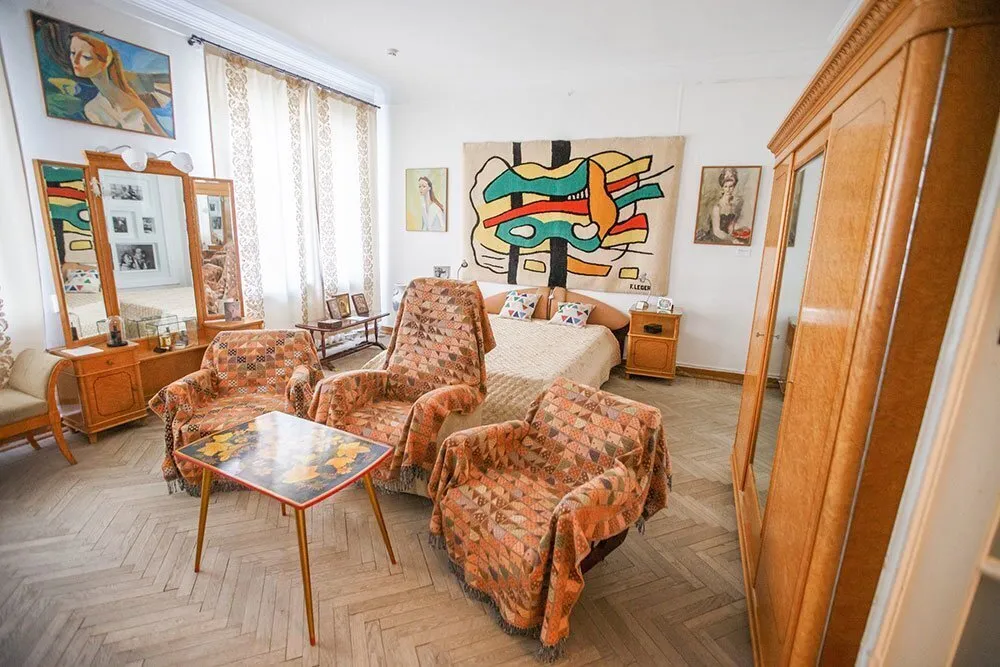
Art Collection and Memorabilia
In the apartment, two bright multicolored carpets by French avant-garde artist Fernand Léger: one on the floor in Shchedrin's office, and another in the couple’s bedroom. Also, one of the walls features a small ceramic panel with initials F.L.
Keepers discovered in the wardrobe, in a chest, Mark Shagal's autographed lithograph, which became the jewel of the collection. The most valuable items in the museum-apartment are works by Fernand Léger, Anatoly Zverev, Arthur Fonvizin, and Vladimir Shakhmeyster.
Here, many figures and statues of swans are displayed—gifts from Pliyescaya’s admirers, reminding of her role as Odette in 'Swan Lake'.
Wardrobe from the Best Couturiers
Open the wardrobe door—immediately a costume of a soft pink shade: it was specially made for the ballet 'The Death of the Rose' by Yves Saint Laurent. 'For me in the world of fashion everything starts and ends with Pierre Cardin,' said Pliyescaya.
Pliyescaya always loved to dress beautifully. Not always was the ballerina 'on tour,' and here came the handy Clara, who bought from the wives of diplomats and sold everything at a premium.
To earn money from 'Clara’s treasures,' as the world-famous celebrity claimed, she sometimes even performed in unknown cultural houses with broken floors on stage.

Home Life with Perfectionism
Pliyescaya treated cooking as meditation—a way to switch from creative tasks to domestic ones, yet with the same perfectionism. Setting the table was a separate ritual.
People who knew her recall that even a simple breakfast was served like in the best restaurant—with proper dishes, napkins, and flowers. The ballerina's main principle was the belief that true beauty lies in simplicity and harmony.
The greater the personality, the simpler and less pretentious the individual. In this apartment, two personalities lived—great ballerina and great composer. They lived modestly, simply to the point of understatement.
Guests and Traditions
In the apartment of Shchedrin with Pliyescaya, stars met easily, vibrant life bloomed, and masterpieces were born. Here came Lily Brick with Vasily Katanyan—their friendship began in youth, and Shchedrin always started by feeding guests.
Pliyescaya and her husband celebrated New Year 14 years in a row with their best friend, poet Andrey Voznesensky and his wife Zoya Boguslavskaya. Mstislav Rostropovich visited here many times. Many others came too, even Hollywood star Gregory Peck.
In the center of the stained glass is a photo of the genius Lily Brick, the one who was the music of Vladimir Mayakovsky, in whose house Mia Pliyescaya and Rodion Shchedrin met for the first time in autumn 1955.
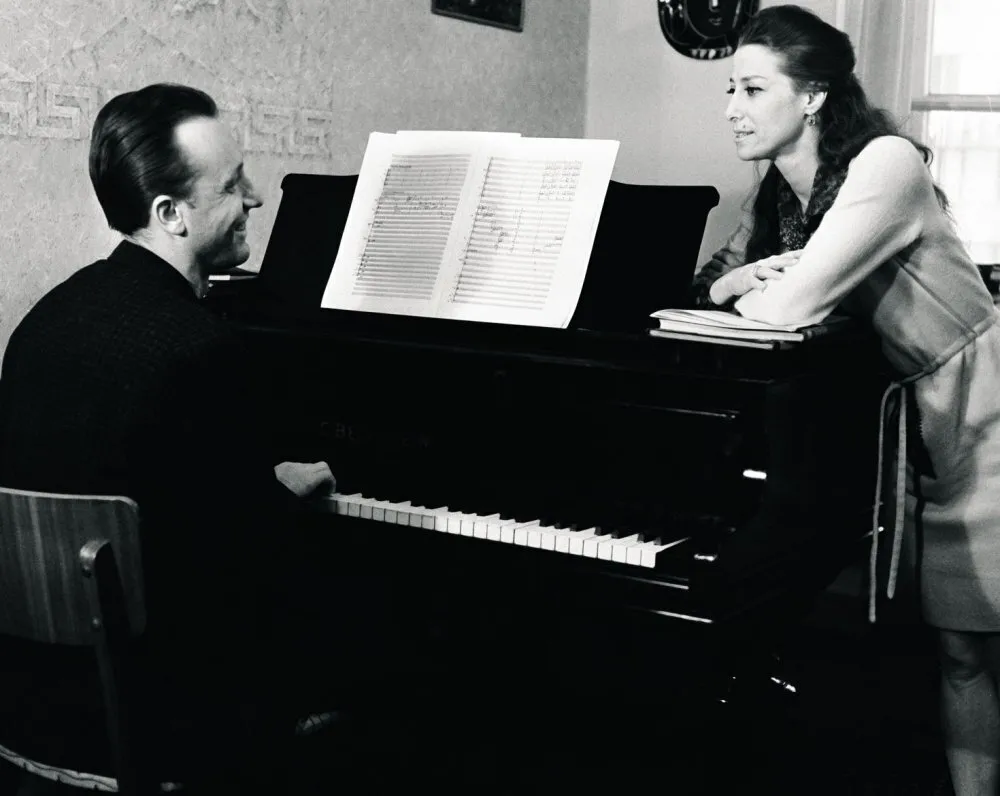
Aromas and Details
Perfume Bandit by the perfumer Robert Pigé—this scent in a brown bottle was first given to Pliyescaya as a New Year's gift in the night between 1958 and 1959. The newlyweds celebrated the New Year at Lily Brick's place on Kutuzovsky Prospect.
Katya became a real family member—housekeeper whom Pliyescaya and Shchedrin bought a separate apartment for. In later years, she simply came to cook and manage the household.
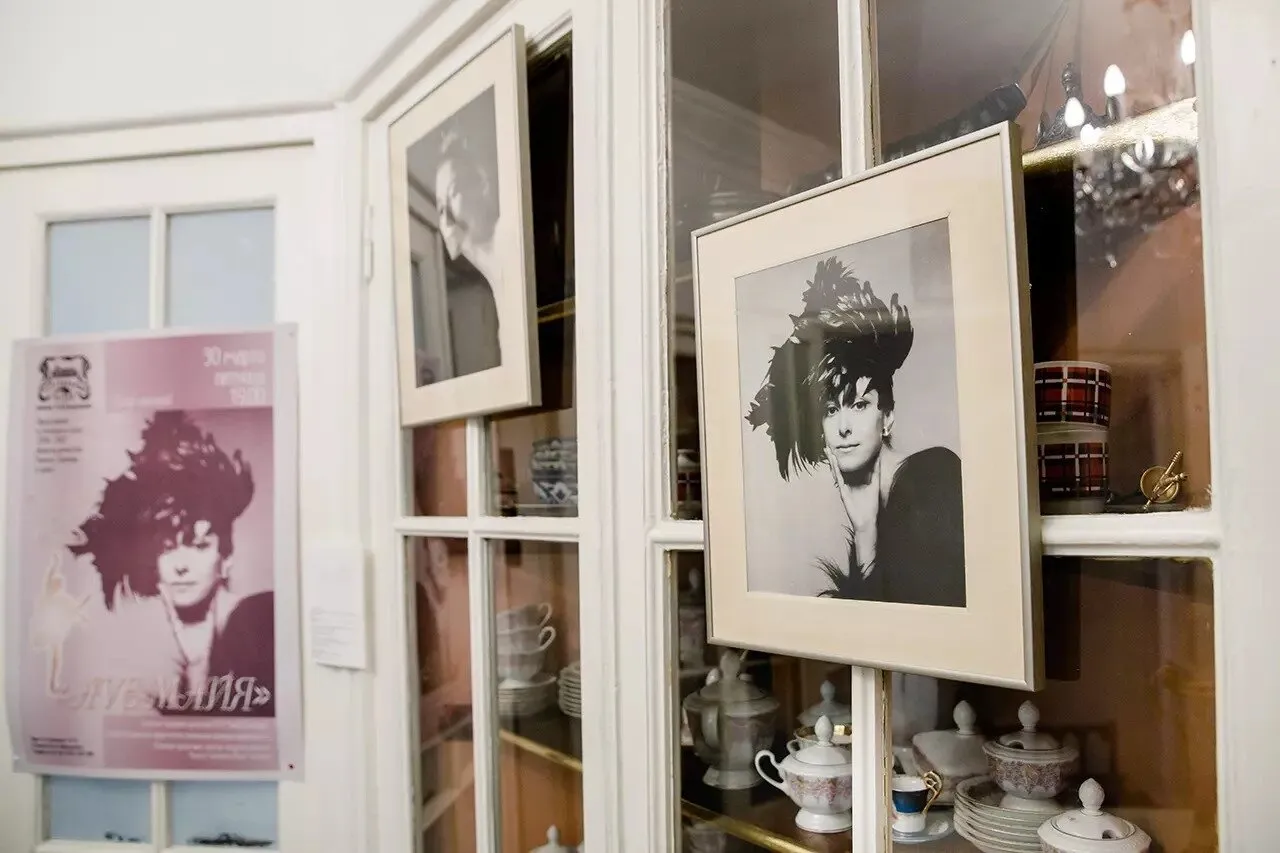
Philosophy of Simplicity
Her talent and rebellious spirit made half the world tremble. Her own souls were healed in a quiet apartment with creaking parquet, a narrow balcony, and wooden door.
Her home did not impress with luxury or the number of expensive items—it inspired admiration for the meticulousness and elegance of every detail. The last time Mia Mikhailovna was here was in April 2015, shortly before her death.
Mia Pliyescaya's Apartment is a portrait of a woman for whom beauty was not luxury but a way of life. Every detail in the interior reflected the character of the great ballerina: strictness without coldness, elegance without ostentation, simplicity without primitiveness. Today, this apartment is a museum where one can feel the breath of the era and understand how a woman who conquered the world lived at home.
Mia Pliyescaya's Apartment on Tverskaya belongs to the State Central Theatre Museum named after A. A. Bakhruшин.
Cover from the website: kasheloff.ru
More articles:
 6 clever solutions in eurotrash style that you can replicate too
6 clever solutions in eurotrash style that you can replicate too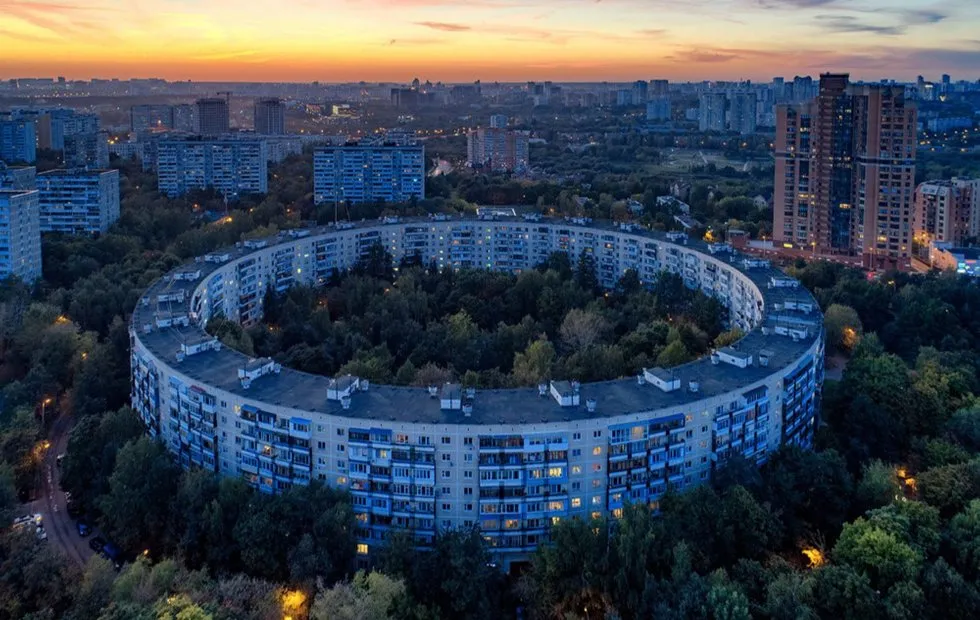 Round Houses on Nyzhynskaya and Dovzhenko: Soviet Experiment in Architecture
Round Houses on Nyzhynskaya and Dovzhenko: Soviet Experiment in Architecture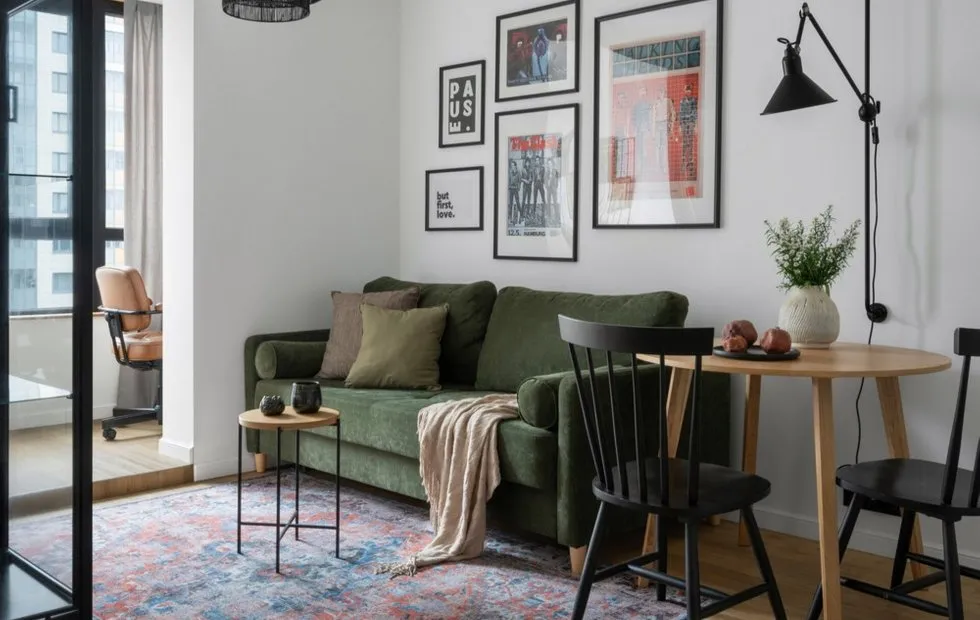 Design without renovation: how to change your apartment in 3 days and 10 thousand rubles
Design without renovation: how to change your apartment in 3 days and 10 thousand rubles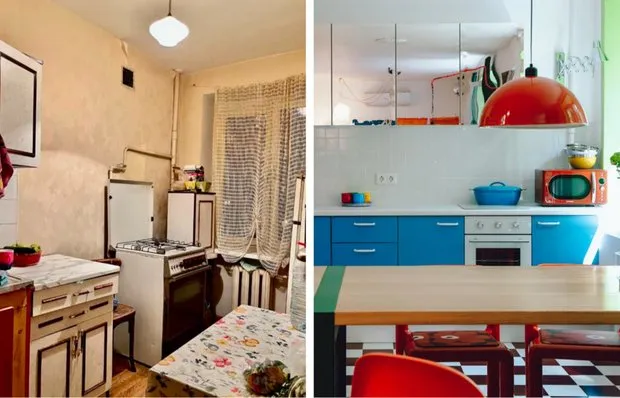 Before and After: How We Transformed a Boring Kitchen in an Old Building
Before and After: How We Transformed a Boring Kitchen in an Old Building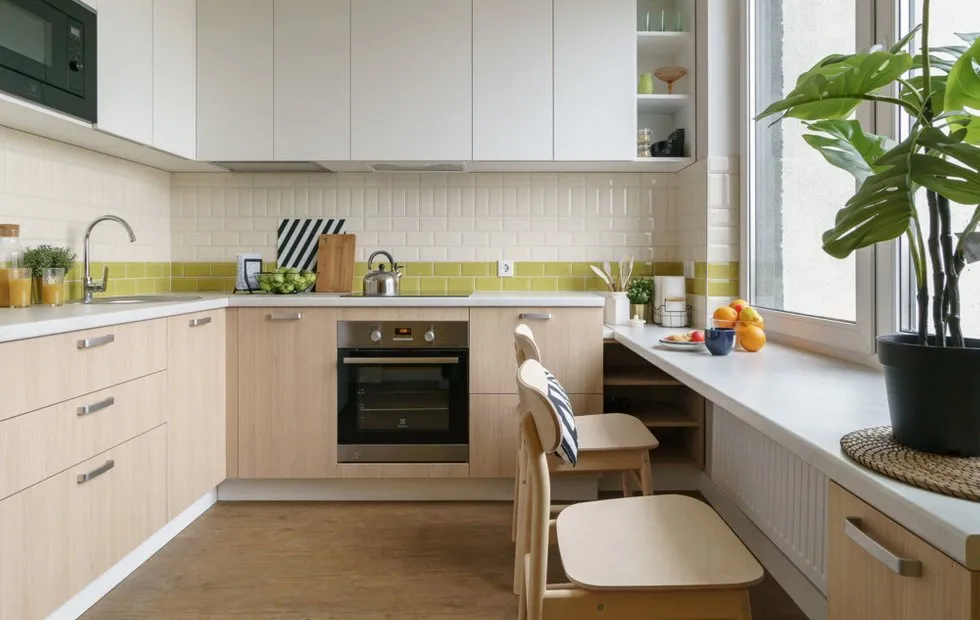 Repairing a Studio for 150 Thousand Rubles: Transforming a Studio into Stylish Living Space
Repairing a Studio for 150 Thousand Rubles: Transforming a Studio into Stylish Living Space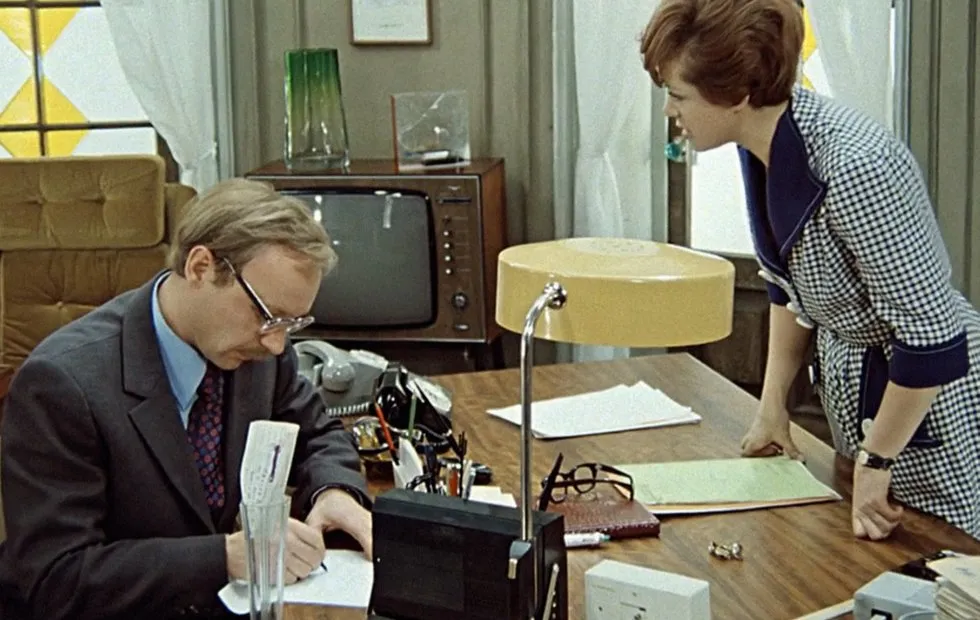 How Apartments Were Decorated in Soviet Films: From 'Irony of Fate' to 'Service Romance'
How Apartments Were Decorated in Soviet Films: From 'Irony of Fate' to 'Service Romance'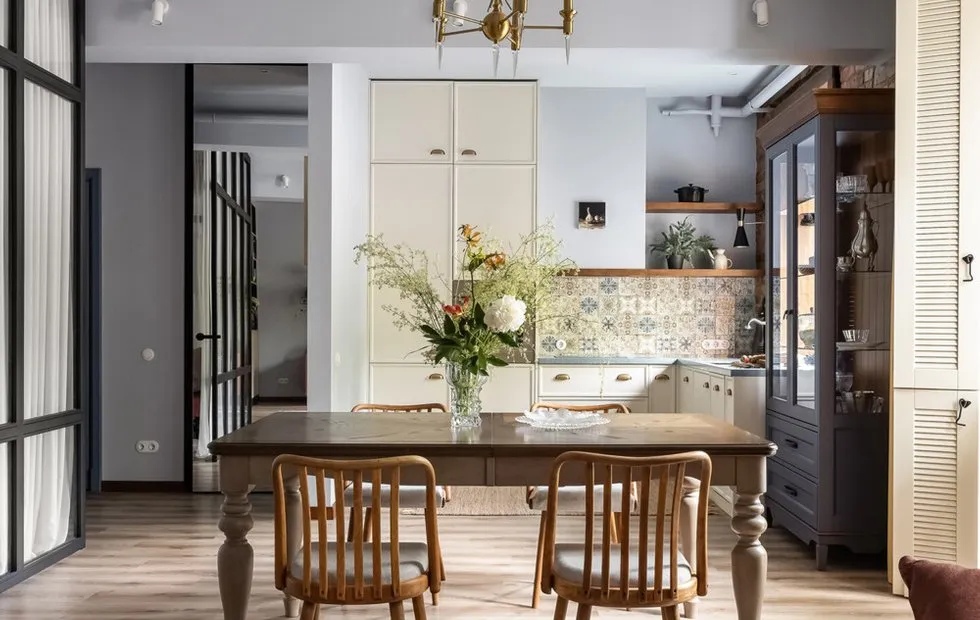 Why Stalin-era Kitchens Are Better Than Modern Ones: 5 Genius Solutions from the Past
Why Stalin-era Kitchens Are Better Than Modern Ones: 5 Genius Solutions from the Past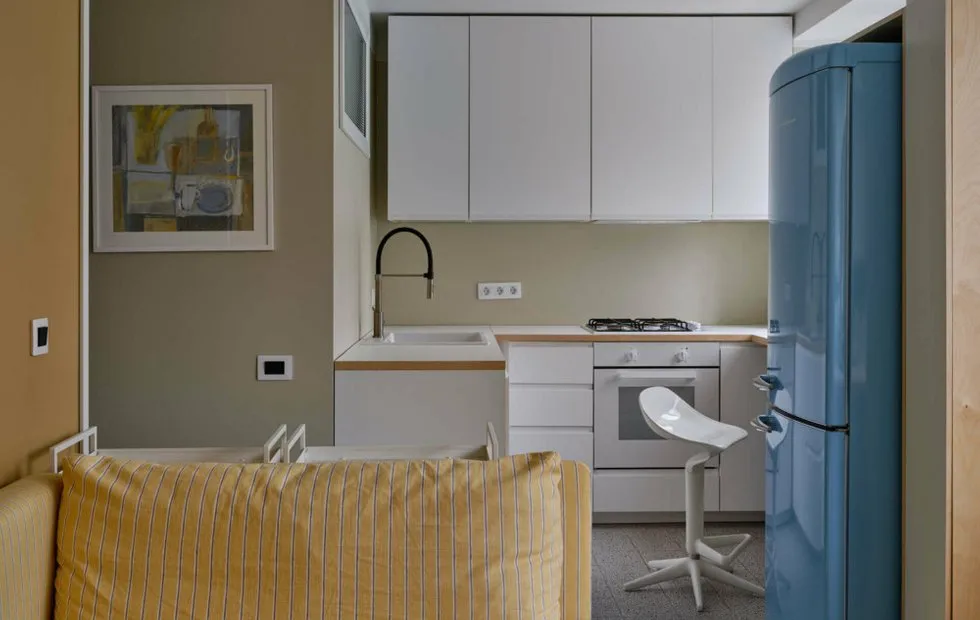 5 Tips That Transform a Khrushchyovka into a Stylish Space
5 Tips That Transform a Khrushchyovka into a Stylish Space